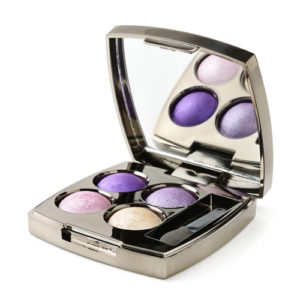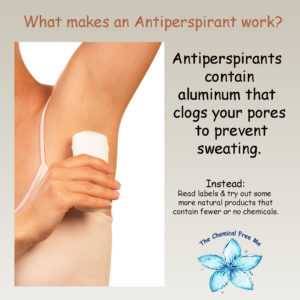Aluminum is one of our modern day conveniences. We cook with it, store food in it, take it in antacids, vaccines, water, and use it in antiperspirants to clog pores and prevent sweating. Aluminum foil is one avenue you could eliminate and cut down on your aluminum 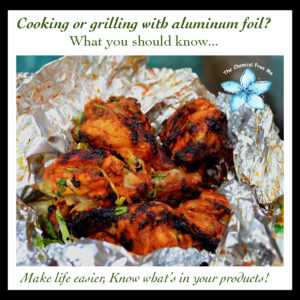 exposure with.
exposure with.
What is aluminum foil?
It is flattened sheets of pure aluminum (with some oils so it doesn’t stick to the roll) Here’s how it comes to be: https://www.youtube.com/watch?v=f4OTj9yNOak
What happens when you cook with aluminum foil?
Much like plastic leaching BPA or phthalates, aluminum foil will leach aluminum into your foods. Acidic or spicy foods will be the worst offenders. Acidic foods create a process that dissolves the aluminum right into the food. If you insist on using aluminum foil wait until your food is cooled and make sure it is not for long stretches.
While we do have aluminum in our everyday environment there is no proven safe amount in our bodies. Although the CDC and FDA have set some guidelines: https://www.atsdr.cdc.gov/phs/phs.asp?id=1076&tid=34. One of the aluminum risks is the build up in the brain leading to Alzheimer’s disease. High levels of aluminum exposure have been associated with neurological declines in balance, coordination and memory. (https://www.ncbi.nlm.nih.gov/pmc/articles/PMC2782734/). Some studies have even suggested that aluminum may reduce the growth rate of human brain cells. Aluminum can also interfere with the digestion of calcium. Liver damage, kidney impairment, sleep disturbances, anemia, speech problems and Parkinson’s also make the list.
I have found having a collection of glass storage containers make it easier to store leftover in. This eliminates aluminum leaching, plastic leaching AND cuts down on your trash. When I need to line a pan parchment paper has become a safer option. Aside that, it seems scrubbing the pan a few extra minutes is worth my long-term health.
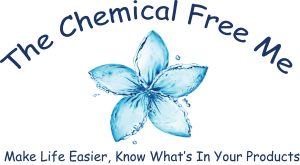

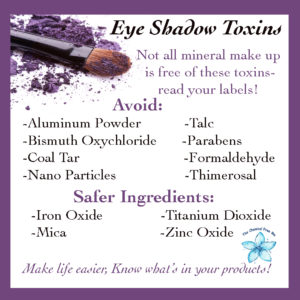
 toxin.
toxin.